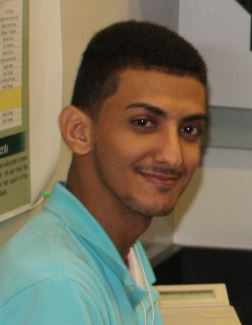Below is a summary of the abstract you submitted. Presenting author(s) is shown in bold.
If any changes need to be made, you can modify the abstract or change the authors.
You can also download a .docx version of this abstract.
If there are any problems, please email Dan at dar78@pitt.edu and he'll take care of them!
This abstract was last modified on May 9, 2016 at 11:35 p.m..

Bacteriophages, viruses that infect bacteria, are the most abundant entities on earth. Each year, students in the HHMI-sponsored SEA-PHAGES (Science Education Alliance-Phage Hunters Advancing Genomics and Evolutionary Science) program isolate novel phage from bacteria hosts of the Order Actinomycetales. This fall, students in the UAB Phage Explorations program isolated a novel Siphoviridae phage infecting Corynebacterium from a Jefferson County, AL sewage effluent sample. Full genome sequencing of Phage C3PO revealed a 67,383bp genome with 111 unique features (107 putative genes, 4 tRNA). Close examination of the full genome sequence revealed a number of novel putative genes with low level sequence identity to genes published in GenBank. Moreover, many putative gene products did not have a defined function after BLAST and HHpred analysis. In this study, we used the in silico protein modeling program I-TASSER along with other online bioinformatics programs (Phamerator, MUSCLE) to study putative gene products with unknown function to determine whether structure prediction models can be used to assign putative function. We were able to tentatively assign function to 2/3 putative gene calls located in the left arm of the gene based on synteny and structural genomics analysis. This work shows proof-of-concept that structural modeling programs can be useful to guide predictions of function in truly novel genes, although wet-lab experiments are needed to confirm function predictions.

